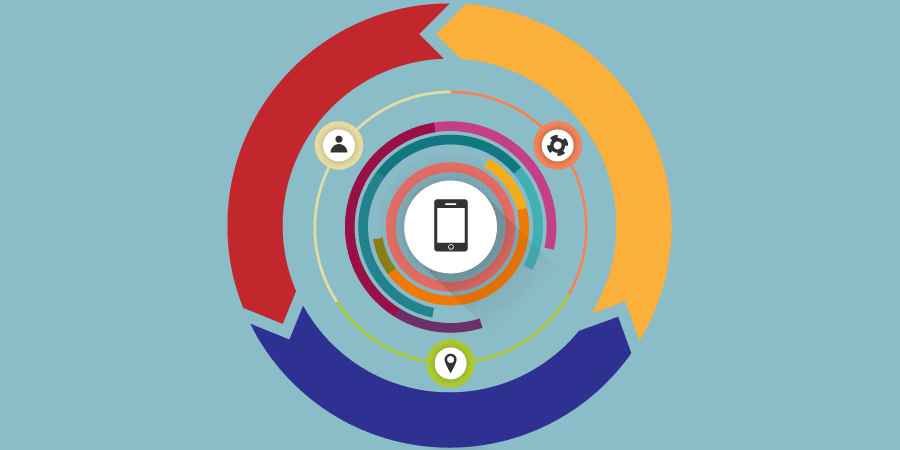One of the reasons project management techniques are increasing in popularity is because of their role in new product development. Whether the effort is a new drug, a new software product, a new model car, or a new baseball stadium, it is done one time and produces a unique product. Since product development has the same characteristics as a project, creating these new products provides excellent opportunities for applying project management. The steps necessary to create a new product are known as the product development life cycle. These steps are as follows:
- Requirements. This step defines the function and performance requirements for the product. Whether you’re building a house, an airplane, or an information system, requirements describe how the product will meet the needs of the customer.
- Design. Design conceives a product that will meet the requirements and describes it in detail. For instance, a blueprint is a detailed description of a house.
- Construction. Next, the product is built, and any documentation necessary for its operation is written. If a building is being constructed, this is where they dig the holes and pound the nails. In the case of a new model of an aircraft, construction might encompass a wide range of activities, including the creation of new manufacturing processes. (In this case, the product isn’t exactly a new airplane, but rather a new process for building airplanes.)
- Operation. After the product is developed, it has a life span in which it is actually used. Projects then turn into ongoing operations: A baseball stadium holds games, a manufacturing process turns out new automobiles, or a software product company supports its users. The operation phase can last for years and may contain many projects.
There are two important points to understand about the product development life cycle. First, this is a simplified life cycle model. Any firm that has documented its development process will have a far more detailed model, including not only more phases, but a number of sub-phases or steps. For instance, a detailed development life cycle for producing information systems can contain 50 to 100 discrete steps. The process for bringing a new drug from initial research all the way through FDA approval could have 1,000 steps.
Second, even though it is simplified, the development life cycle model (as portrayed in Figure 2.4) can probably apply to your industry and environment (even a service industry). This model will be used in examples throughout the book, because, while it is simple enough to apply to most cases, it still shows the basic differences between product development life cycles and a project life cycle.
Product Development Life Cycle versus Project Life Cycle
Although new product development, like a project, has a beginning and an end and produces a unique product, it may consist of more than a single project. Anyone wishing to apply project management to new product development must understand the differences between a product life cycle and a project life cycle. These differences are easily defined. A product development life cycle will be industry-specific. The specific steps for re-engineering an emergency room admissions process are different from the steps for building a refinery. The project life cycle is industry-independent, because project management theory is industry-independent. Defining these differences further:
- The product development life cycle describes the work required to create the product. The project life cycle focuses on managing the work.
- A product development life cycle may contain many projects, each of which must go through the full project life cycle.
Understanding that any development effort can contain multiple projects and that each one needs to be managed as a complete project is one of the keys to success in project management.
